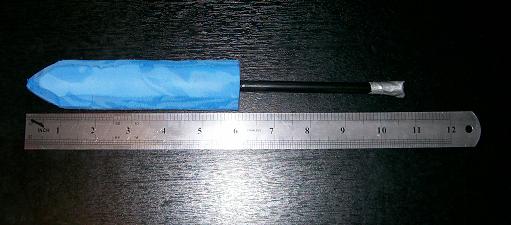[quote=“IdiotSavant”]As part of my quest to get people to document larp construction methods by askign dumb questions: how do I make a larp dagger?
I’ve seen some with cores, and some without, which seem to be just carved foam latexed or taped. Which is the best? What sort of core do people recommend (I have fibreglass rod from RD1, but that seems a little thick). What size do people’s recommend?[/quote]
If you want a dagger, which I think of as a weapon if war suitable for parrying, it’ll need a core. But if it has a core you can’t biff it and you can’t stab. Assuming you want to go this way, get some 6mm fiberglass rod (poles from a dome tent are fine) and use them. Mitre 10 sells them for about $10-12 for 3-4 600mm long poles.
Then it’s pretty much a case of gluing on foam and making it dagger shaped. Not really much different to this:
jadeempire.freeforums.org/how-to … a-t15.html
except you paint it black and dry brush in silver
 And they’re not allowed to have a core.
And they’re not allowed to have a core.